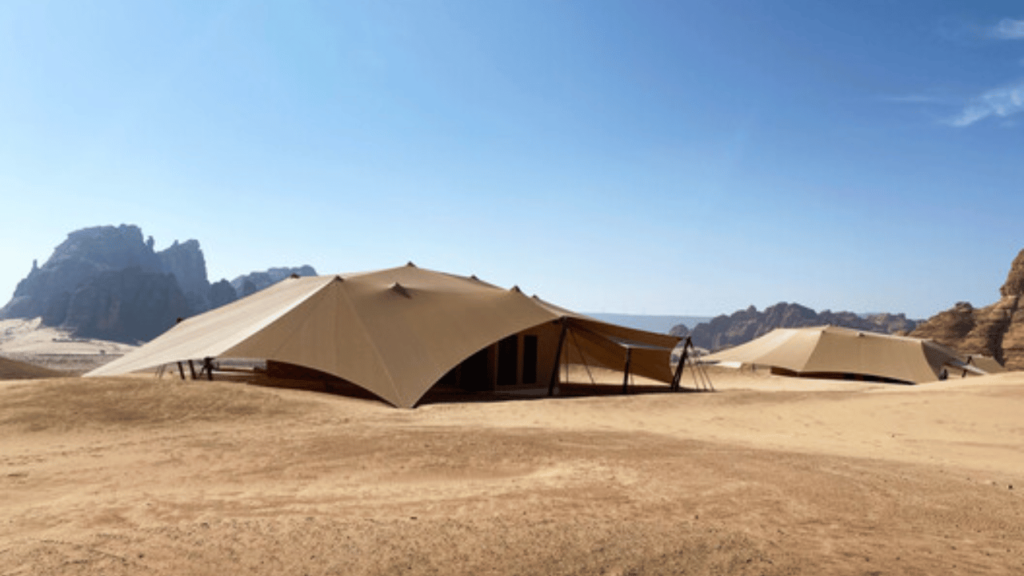Shade nets play a vital role in protecting plants from excessive sunlight and heat. In different climates, such as deserts and tropical regions, the choice of shade netting can vary significantly. Let’s explore the key differences between climate-specific shade nets for desert and tropical applications.
Desert Applications:
- Material: Shade nets used in desert applications need to be highly durable and capable of withstanding extreme temperatures and harsh weather conditions.
- UV Protection: Desert shade nets should provide excellent UV protection to shield plants from intense sunlight, which can cause sunburn and damage.
- Heat Reduction: These shade nets should effectively reduce the amount of heat reaching the plants, preventing heat stress and promoting healthy growth.
- Water Permeability: Desert shade nets should allow water to pass through easily to ensure proper irrigation and prevent water pooling.

Tropical Applications:
- Light Diffusion: Shade nets used in tropical regions should have light-diffusing properties to provide uniform light distribution, preventing hotspots and promoting even growth.
- Ventilation: Tropical shade nets should allow sufficient airflow to prevent excessive humidity, which can lead to fungal diseases and hinder plant growth.
- Pest Protection: These shade nets should act as a barrier against pests, preventing them from reaching the plants and causing damage.
- Rain Protection: Tropical shade nets should have a higher water repellency to protect plants from heavy rainfall while still allowing adequate irrigation.
Conclusion:
Choosing the right shade net for your specific climate is crucial to ensure the optimal growth and health of your plants. In desert applications, focus on durability, UV protection, heat reduction, and water permeability. In tropical regions, prioritize light diffusion, ventilation, pest protection, and rain protection. By selecting a climate-specific shade net, you can create an ideal environment for your plants to thrive.


